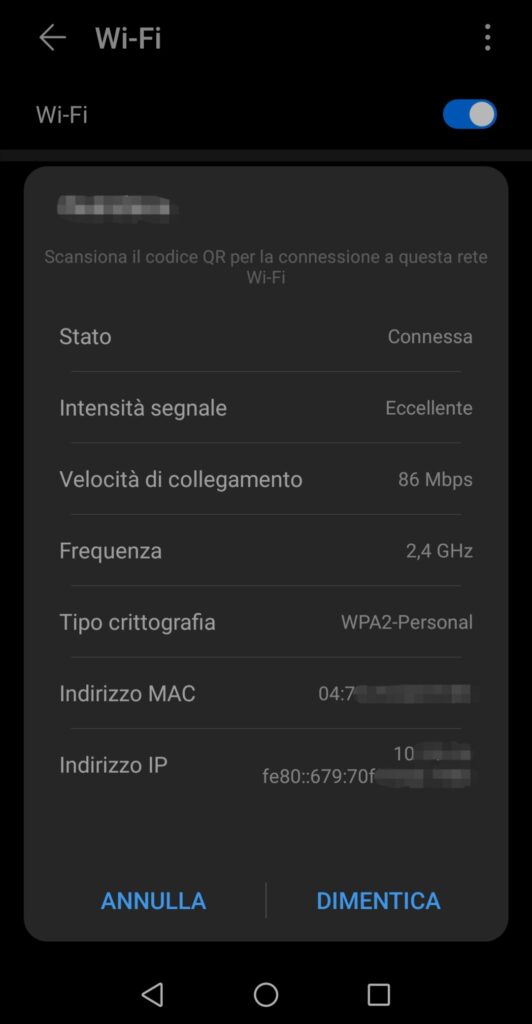When hearing about networking addresses, we hear a lot about IP addresses, but less about MAC addresses.
There are, however, some cases where we need to know our MAC address, maybe to make a configuration on a router or another network device.
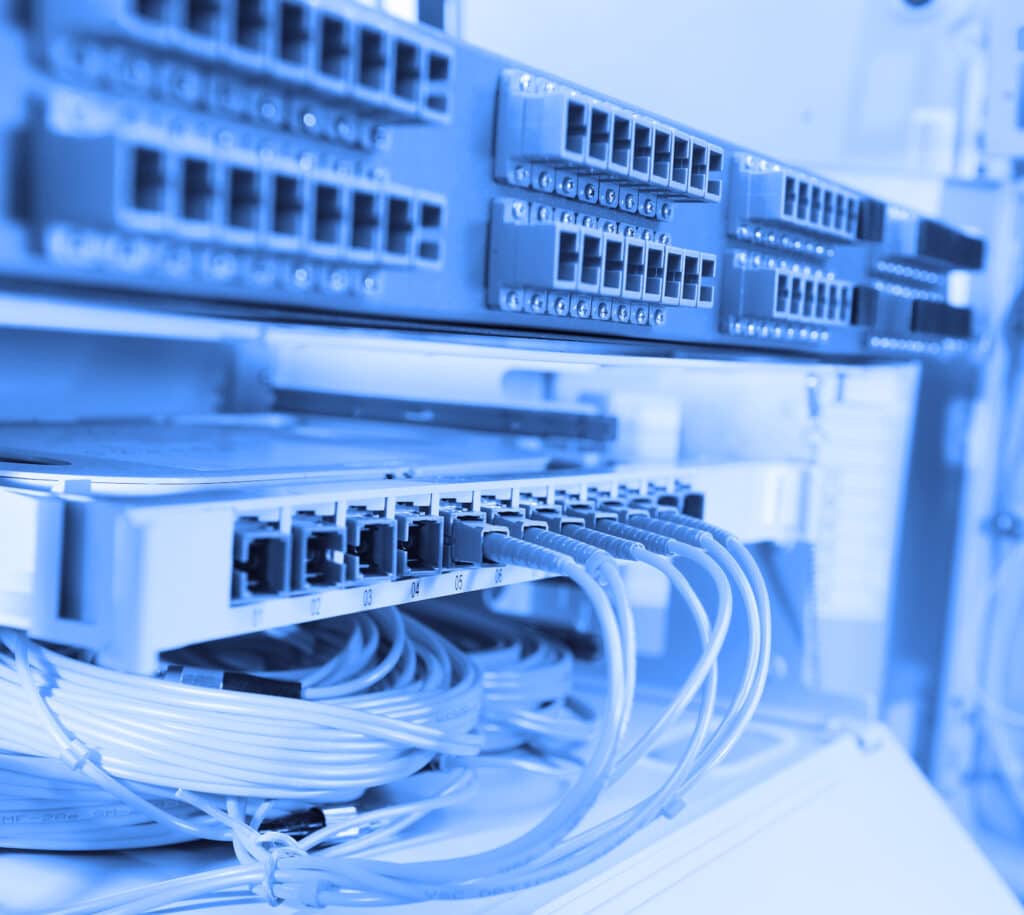
If you’re not too familiar with technology, finding your MAC could be a big problem. But I’m here to help, so keep reading and we’ll discover how to find the MAC address of your Linux, Mac, or Windows computer.
Table of Contents
- What is the MAC address?
- How to find the MAC address on Linux/Ubuntu
- Finding the MAC address on Windows
- How to find the MAC address on a Mac
- How to find the MAC address on Android
What is the MAC address?
Before digging into how to find it, let’s see what is the MAC on a computer network, so we’ll know better what we’re searching for.
In a computer network, being it your home one, your work one, or the entire internet, the various devices need a way to identify themselves and others to ensure the right communication. This is why we have network addresses.
In computer networks, we have the ISO/OSI standard. It breaks the protocol communication into various levels of abstraction from the physical vehicle that transports the information. This is a typical standard representation of the ISO/OSI stack.
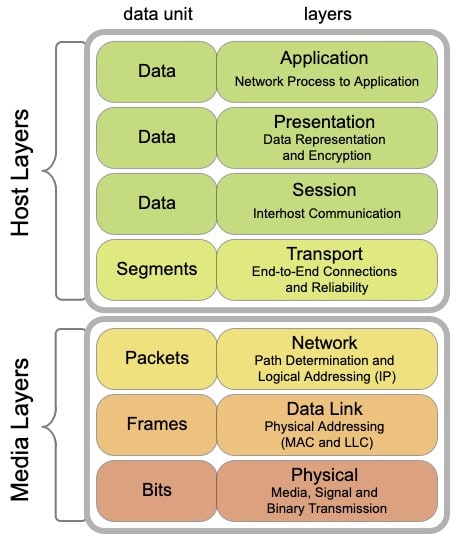
From this schema, we can see that there are two different addressing levels: The logical addressing layer, represented by the IP address, and the physical layer, represented by the MAC address.
The IP is distributed to every device in a network by a service called DHCP. For example, in a home network, the router that gives you access to the internet is normally responsible for the distribution of IP addresses.
The MAC is the physical address used by your network card and is generally unique for that specific one. Generally, if you have both an ethernet card and a wireless card, they have two different MAC addresses. The MAC is used on the low-level side of communications. Every manufacturer has a batch of MAC addresses assigned and should assign a different one to each produced device.
Why IP and MAC? Isn’t one address enough?
When you plug your ethernet connection cable into your computer, the operative system sends a broadcast message through the network, saying “hey, I’m MAC address xxx, I want to join the network, I need an IP”. And the router responds: “Hi, I’m MAC yyy, Here is your IP, if you want to talk with others in the network use their IP, if you want to talk to a device out of the network send me the request with the destination IP”.
In this way, the IP is only logical, so it’s not definitely bound to a specific device, it’s easy to remember, and can be logistically organized in the best way.
Think about the postal service when sending a letter to a company’s customer service: zip codes and road names are well organized, and the postal service can easily know where you have to send your letter. What if you only had the name and surname of the customer service employee? There should be no way to know where to send the letter.
The IP is the company address (a logical representation of the recipient), and the MAC is the employee name (the physical person receiving your message). You send it to the company address, then the letter is internally delivered to the employee. In this way, the postal service can easily sort and deliver your letter, and the company can easily change the employee with a new one.
How to find the MAC address on Linux/Ubuntu
We have two ways to get the MAC on Linux: we can use the User Interface, or do it from the command line.
Using the User Interface
I’ll use Ubuntu, but it could be similar if not equal to other Linux distributions.
- Open the applications menu and search for settings.
- In the settings window, select the Network tab.
- Find the network connection you want to know the MAC of and click on the settings wheel icon.
- In the details window, you’ll find the MAC in the “Hardware Address” section.
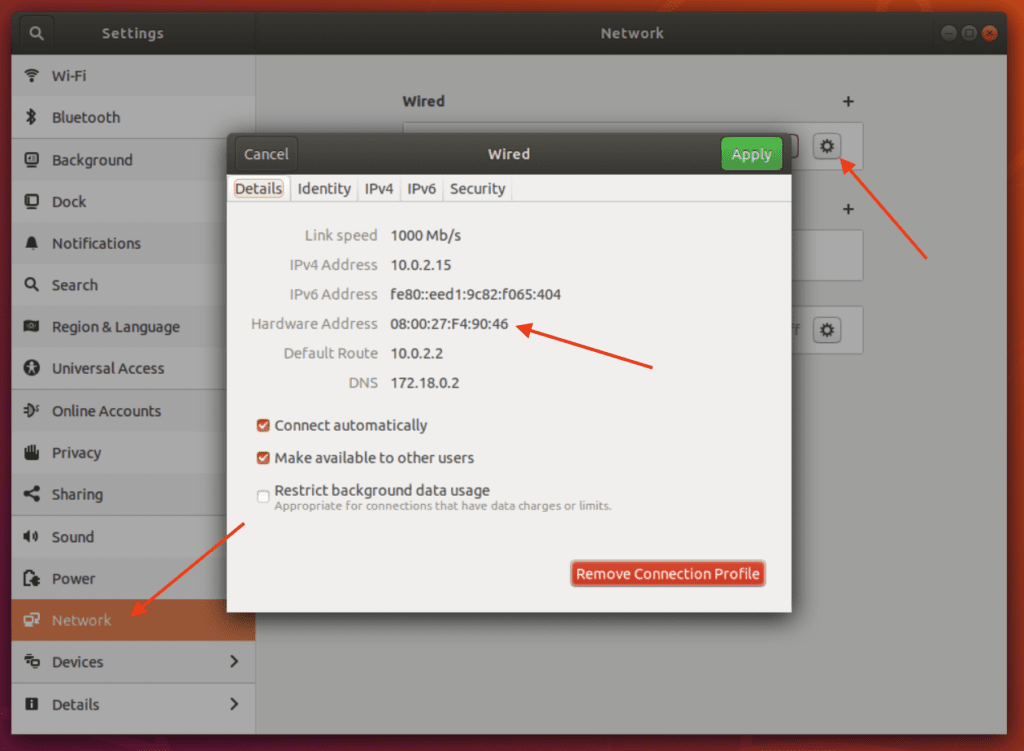
Using the terminal Command Line Interface
This is probably universal, as every Linux distribution has a command prompt or Terminal.
- Open a terminal window, or login with ssh if you’re doing it on a remote server.
- Type the ifconfig command and press enter.
- The command output will show the MAC for every interface on your system under the ether line.
- If your network interface is not listed, you can try adding the -a option for “all”.
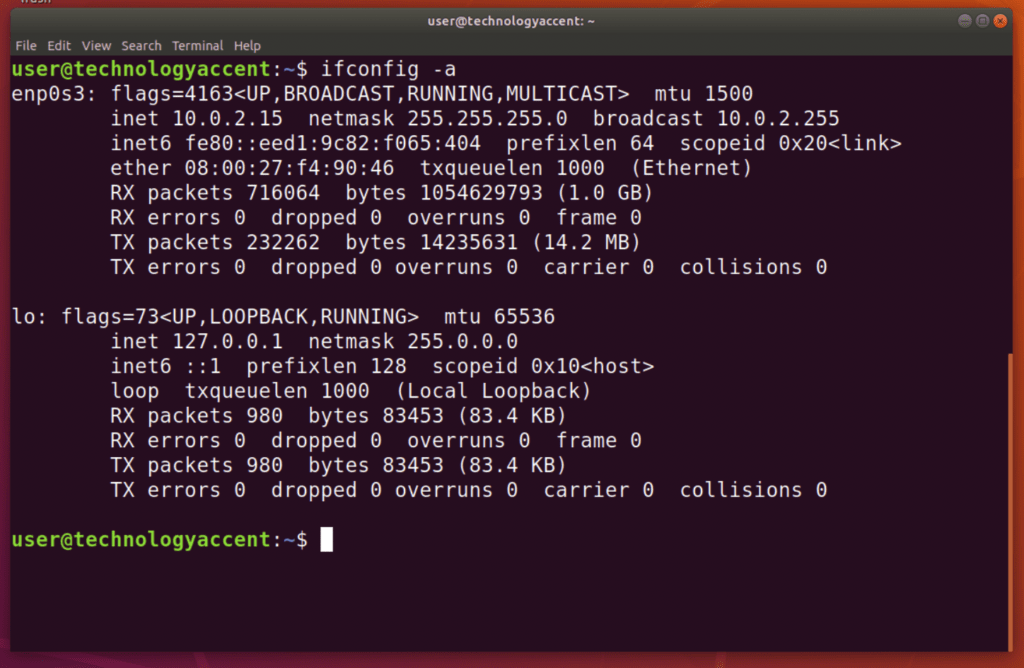
Finding the MAC address on Windows
If you have Windows you can find the MAC in the network connection details or in the command prompt.
Using the network connection details window
- Open the start menu.
- Type network.
- Select “View network status and tasks”.
- Click on the connection you want to get the MAC of.
- Click on the “Details” button.
- The MAC will be in the Physical address section.
Using the Windows command prompt
- Open the start menu.
- Type command prompt.
- Select the command prompt from the results menu.
- Type ipconfig /all and press enter.
- You’ll get the MAC of all the connected devices under the Physical Address line.
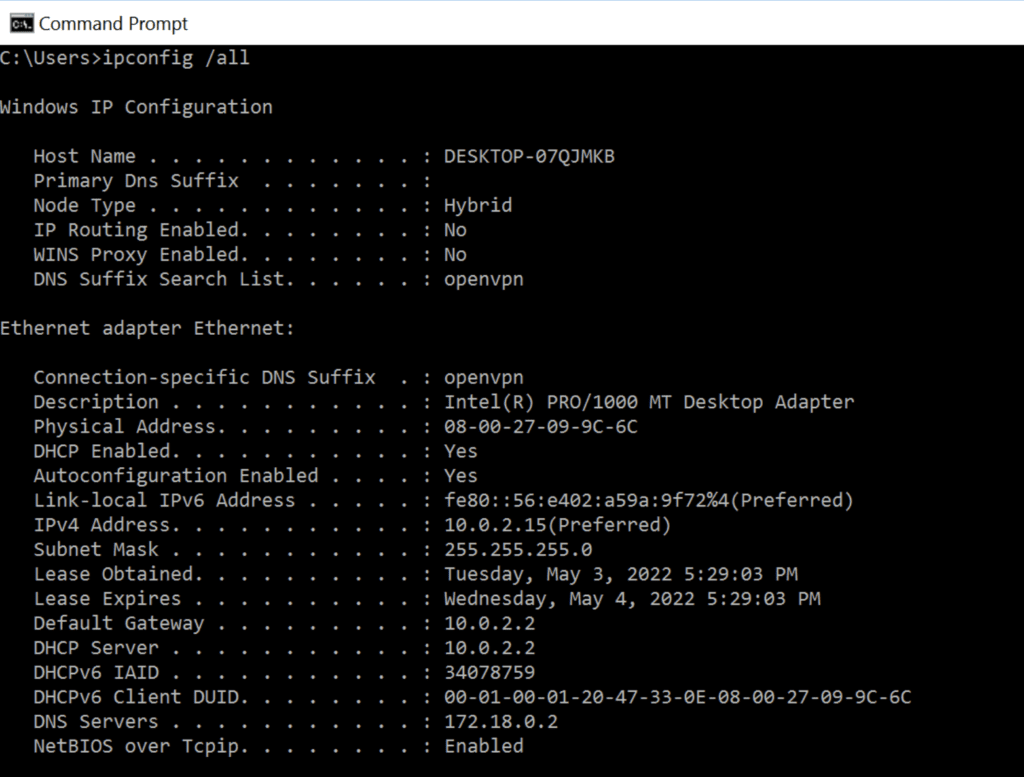
How to find the MAC address on a Mac
As with the other operative systems, there are two ways to get the MAC address.
Using the user interface
- Open System Preferences.
- Open the Network window.
- In the Network window select from the list of network devices the one you need.
- Click on the “Advanced…” button.
- Go to the Hardware tab.
- Here you’ll find the MAC Address line with the code you’re looking for.

Using the terminal
To get the MAC from the terminal you can use the same method used in Linux:
- Open a terminal window.
- Type ifconfig and press enter.
- The command output will show the MAC for every network adapters on your system under the ether line.
- If your network interface is not listed, you can try adding the -a option for “all”.
How to find the MAC address on Android
I said that every device with a network card have a MAC address. Tablet and smartphones with wifi cards are no exception!
- As the first thing, make sure that the Wifi is enabled on your device.
- Open the android settings menu.
- Chose Wifi.
- Chose the actually connected network.
- at the bottom of the connection information window you’ll find the MAC. (Probably you’ll need to scroll to reach the bottom).
My smartphone is in Italian, but you can find the example screenshot useful.
